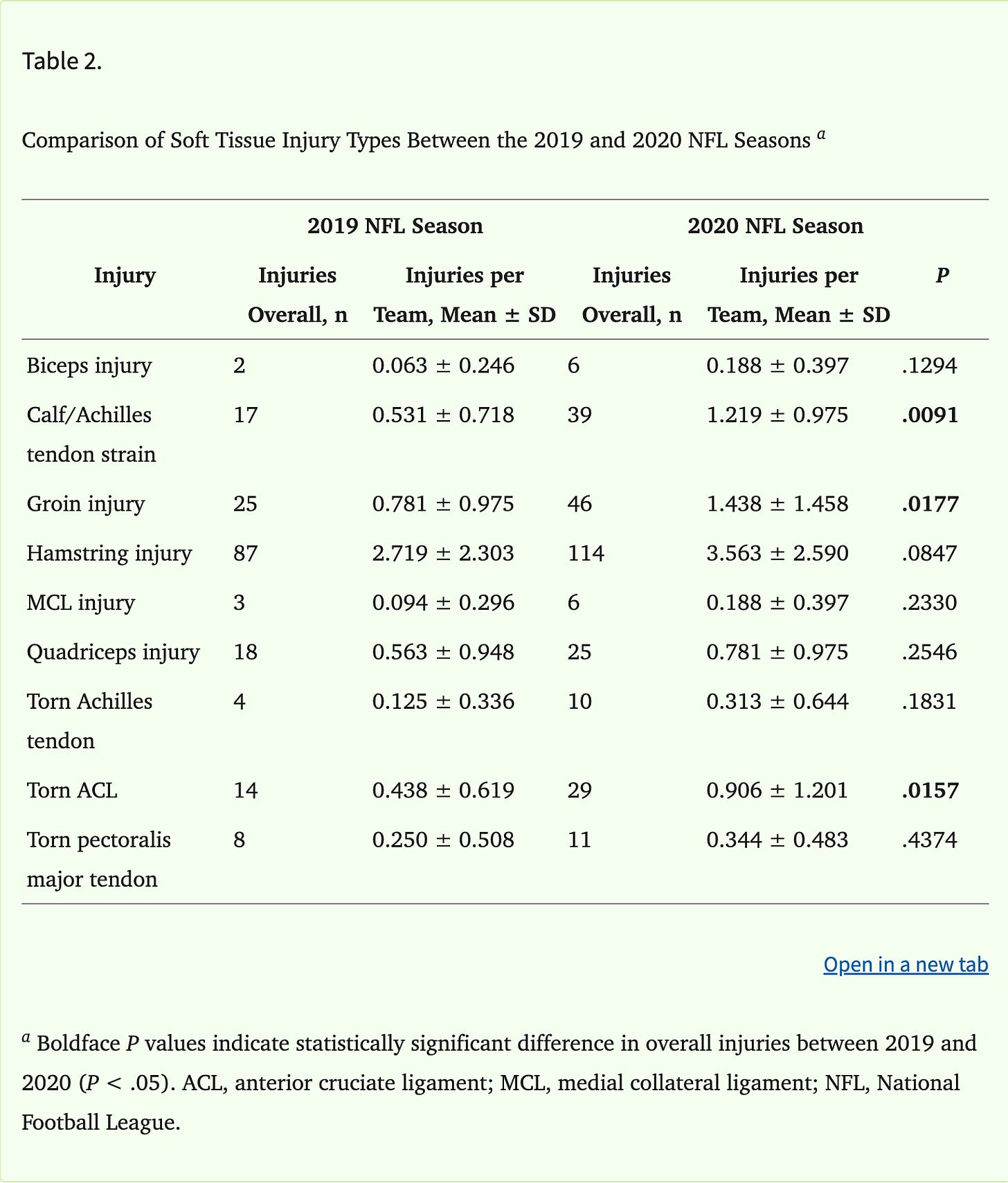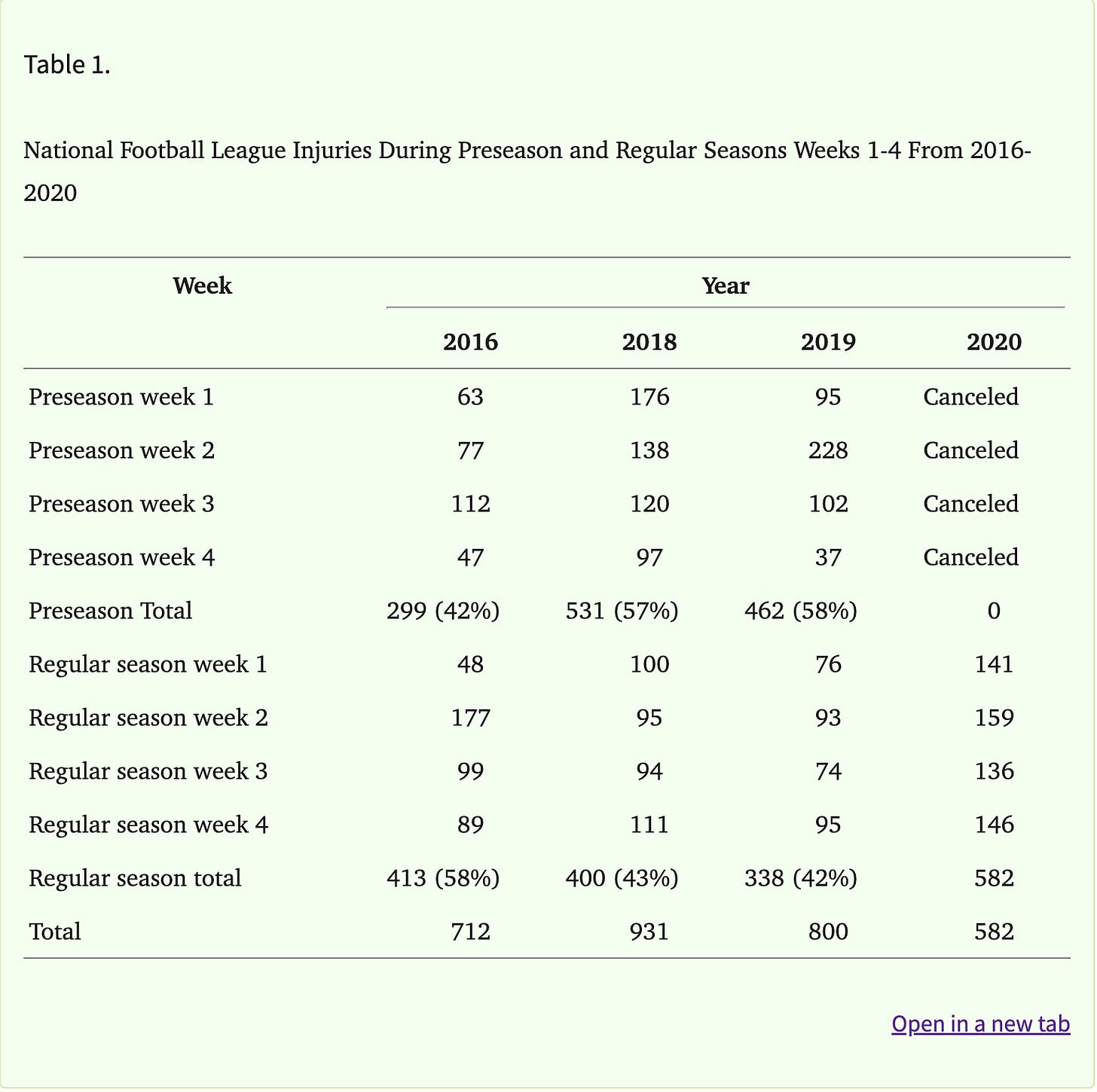Matt LaFleur wants to play his starters because NFL history suggests it can help avoid injuries
It's not just that the Packers got their asses kicked (Matt LaFleur's words) by the Saints and Vikings, the historical injury data suggests teams should play starters in the preseason.
“We got our ass kicked.”
Clearly, Green Bay Packers head coach Matt LaFleur remembers how the 2021 and 2022 seasons started without preseason work for his team’s best players.
“It’s a different feel when you go out there, so I think it’s every opportunity to go out there, and just the process, I would say, of getting ready to go compete and play a collision sport; you gotta get your mind right.”
LaFleur points out their preseason schedule includes a night game, an early afternoon and late-afternoon game, allowing the players to prepare for a slew of regular-season schedules on game day. It doesn’t help the team during the regular season, though, if only the backups participate in the game-day simulation.
On Thursday, LaFleur confirmed that he expected some portion of the starters to play Saturday night at Lambeau Field, including quarterback Jordan Love. New York Jets head coach Aaron Glenn announced that his team would do the same, setting up at least some snaps of ones versus ones.
“You gotta feel where your team is,” LaFleur said Thursday of balancing injury risk.
“My experience, I would say that I think it’s good for all of our guys to kinda go knock the rust off a little bit, understanding there’s a little bit of a risk.”
That risk may be overstated. LaFleur told reporters that he was told that if players get a certain number of reps, their injury risk in the first month of the season is reduced by a quantifiable factor.
“According to my sources that -- there’s a lot of injury data that supports playing guys in the preseason in regards to reducing the injury risk early into the season,” LaFleur said, citing consultation with his sports performance staff and the NFL.
According to The Leap’s research, there have been multiple studies done that suggest the COVID-attenuated preseason in 2020 and 2021 significantly and materially increased regular-season injuries.
(From “The Injury Rate in National Football League Players Increased Following Cancellation of Preseason Games Because of COVID-19”)
One study from the Orthopedic Journal of Sports Medicine found soft-tissue injury rates skyrocketed in the regular season after the COVID preseason. In the conclusion to that study, “Regular-Season Injury Rates in the National Football League After an Attenuated Preseason Due to COVID-19,” the authors point out that there were also increased injuries stemming from the 2011 lockout during CBA negotiations.
After the NFL lockout and found that there were 10 Achilles tendon tears within the first 12 days of training camp in 2011. Typically, it has been reported that between 4 and 10 Achilles tendon tears happen in the entire NFL season, with about 1 to 3 of those injuries occurring in the preseason.
Another study, this one published in Arthroscopy, Sports Medicine, and Rehabilitation (ASMAR), compared injury histories from 2016, 2018, and 2019 with the 2020 regular season, and the results were staggering. The COVID season saw 141 injuries in Week 1, 41 more than in the worst non-COVID seasons. Similar, though less stark, outcomes were found in Weeks 3 and 4.
(From “Regular-Season Injury Rates in the National Football League After an Attenuated Preseason Due to COVID-19”)
The conclusion of this paper, “Regular-Season Injury Rates in the National Football League After an Attenuated Preseason Due to COVID-19,” echoes LaFleur’s point about rust. The risk for athletes not yet in full football shape is equal in the preseason compared to the regular season. That’s part of knocking the rust off, but regular-season games are pitched at a higher intensity and for longer stretches, exacerbating the risks posed by that lack of ideal conditioning.
It is likely that the deconditioning of players during the early 2020 NFL regular season was similar to that of past NFL preseasons; however, during the 2020 season players were asked to play for more time and at a higher level than they would typically be expected to play during the early preseason, specifically, starters. Thus, increased time and intensity of play in the context of baseline deconditioning likely explains why the injury rate during the early 2020 NFL season was higher than the injury rate during past NFL preseasons.
In other words, players who play in the preseason are still at risk because they’re not used to playing football at game speeds or intensities yet. History suggests getting some reps, though, helps prepare the body for when it’s full go once Week 1 comes around.
This is intuitive considering most injuries feature a ramp-up period for similar reasons: it’s useful to prepare the body gradually for stressors.
(Editor’s note: E-mails to the NFL office confirming these were the studies provided to teams went unreturned at the time of publishing.)
When asked earlier this week about starters playing, LaFleur quipped, “They’re football players.” There’s always a risk of getting hurt playing or practicing the game. But there is a documented risk of the offseason contributing to injury risk once the games start happening. The data suggests it’s best to endure that risk in the preseason when the intensity is lower and the duration is shorter, easing the body back into playing such a violent, explosive, and demanding sport.
It’s entirely possible that after the embarrassment of the 38-3 loss in 2021, LaFleur went to his training staff and said, “Find me a reason to play these guys in preseason.” Statistics are often used to confirm priors, in every field, including this sport and those who cover it.
That would be the most cynical version of events.
A less jaded view would be that LaFleur, a naturally curious coach who tasks assistants like Connor Lewis and his analytics staff with tapping into any and all advantages that might help the team, found something that supports what he already believed.
Love had to play in the 2023 preseason along with a slew of rookies; the team needed to be contributors. They didn’t start particularly hot, though they did beat the brakes off the Chicago Bears in Week 1. Last year, Love hit Dontayvion Wicks on a 65-yard touchdown in the opening preseason game, then packed it up for the rest of the exhibition season.
They then went punch-for-punch with the eventual Super Bowl champion and won two games with Love when a partially torn MCL kept him out of action.
It’s impossible to know for sure if the preseason reps hardened or calloused their bodies, if that limited action helped ease the transition into regular-season ferocity, but the data suggests it helped. All it takes is one serious injury to a key contributor to have a coach rethink the risks (See also: Nelson, Jordy), but for now, LaFleur believes in not only having a process but believing in and sticking to it.
This season is the first real test of the theory. It’s not a “young” team the same way it has been. They have a handful of bona fide star players worth resting and a no-doubt franchise quarterback. They could just rest them, but they’re not. LaFleur trusts his process and knows football players want to play football.
And that means we get to watch the fun part, letting LaFleur and the Packers do the math.




